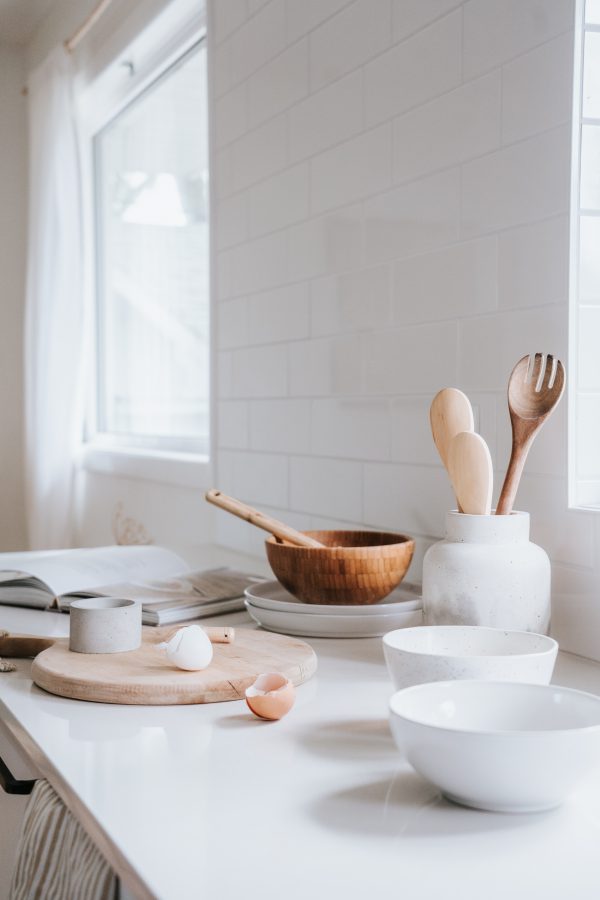Last Updated on September 15, 2023
Most dishes do better with a fresh, herbaceous touch. Not only salads, too; you should cook with and garnish your masterpiece dishes with a sprinkle of fresh herbs anytime you can.
The absolute best way to do this is to grow a herb garden in your home. Not only because it’s more cost-effective than getting them from the store or the farmers market but also because when you purchase your herbs, you usually buy several bunches, which is more than you can use before they wilt and die. What a waste.
On top of reducing waste in the kitchen, an indoor herb garden can be a relaxing hobby. It’s a nice way to fill your living space with fragrance and add a touch of greenery to it.
So start digging into your new edible plant hobby and wait to be rewarded with the pride of a successful green thumb and delicious fresh herbs at all times.
Where to Start With an Indoor Herb Garden?

When you decide to make an indoor plant garden, you have many different options. You can use regular pots, repurpose mason jars, and upcycle old wooden boxes. You can also create a vertical garden on a wall, grow them in water instead of soil, or install grow lights in a dark area.
How you choose to go about it depends on your experience designing these things and whether or not you do your due diligence on DIY Youtube.
However, if you’re new to building stuff around the house, we advise keeping things simple. It’s more important to learn how to look after these herbaceous babies than for your home to look like a Japanese garden. Once you understand their needs, you can design a jazzy herb garden that not only looks good but responds to what the plants want too.
So while you’re getting started, grab a few pots, fill them with soil, and plant your green babies in them because complicating things might discourage you from finishing your project. Not sure which herbs to plant? Read on.
1. Take It Slow
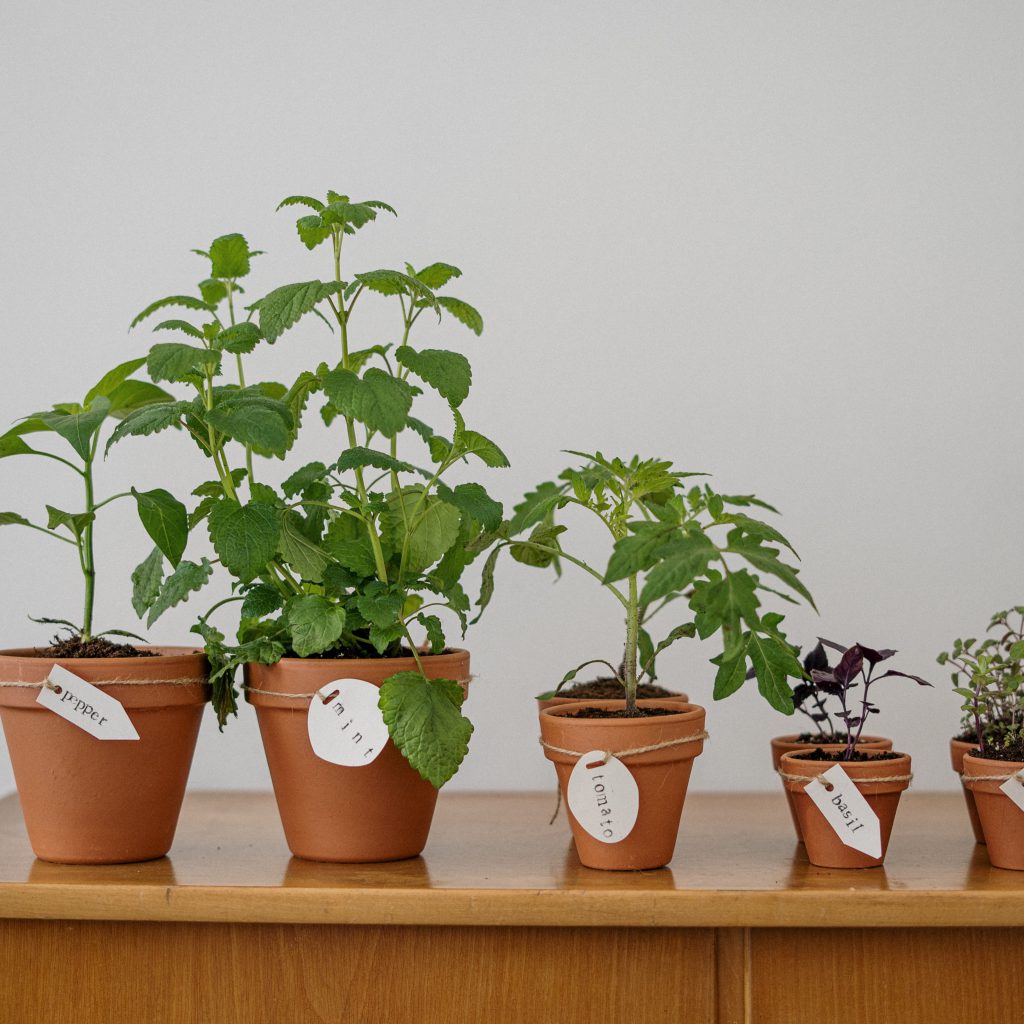
It’s tempting to have a huge variety of herbs when planning your indoor herb garden. After all, why not have all types of aromatic herbs while you’re at it?
The most important thing is to get to know the plants. If you’re a beginner gardener, it might be hard to maintain all your herbs to their best selves at the same time. For example, some herbs such as mint, like moisture, while others, like rosemary, like it a bit dry.
An experienced plant parent will tell you that it’s both easy to neglect a plant and show too much care and overwater it. For that reason, starting with a few plants and adding new ones as you get to know them is the best way to go about it. This way, you can create a care schedule for each new member before moving on to the next.
Planting your first indoor herb garden will teach you not only how to grow herbs but also how to use them. If you plant 10 different herbs at the same time, you might suffer from a phenomenon called choice paralysis, which occurs when you have too many options to pick from. For example, this happens when you try to pick a jar of jam at the grocery store and feel overwhelmed by the sheer variety. Don’t let this happen to you when you have too many different herbs within your reach.
In short, if you’re just beginning your journey, the best thing to do is to start small, master the herbs you grow, and gradually recruit additional members to your edible garden.
2. Learn the Basics
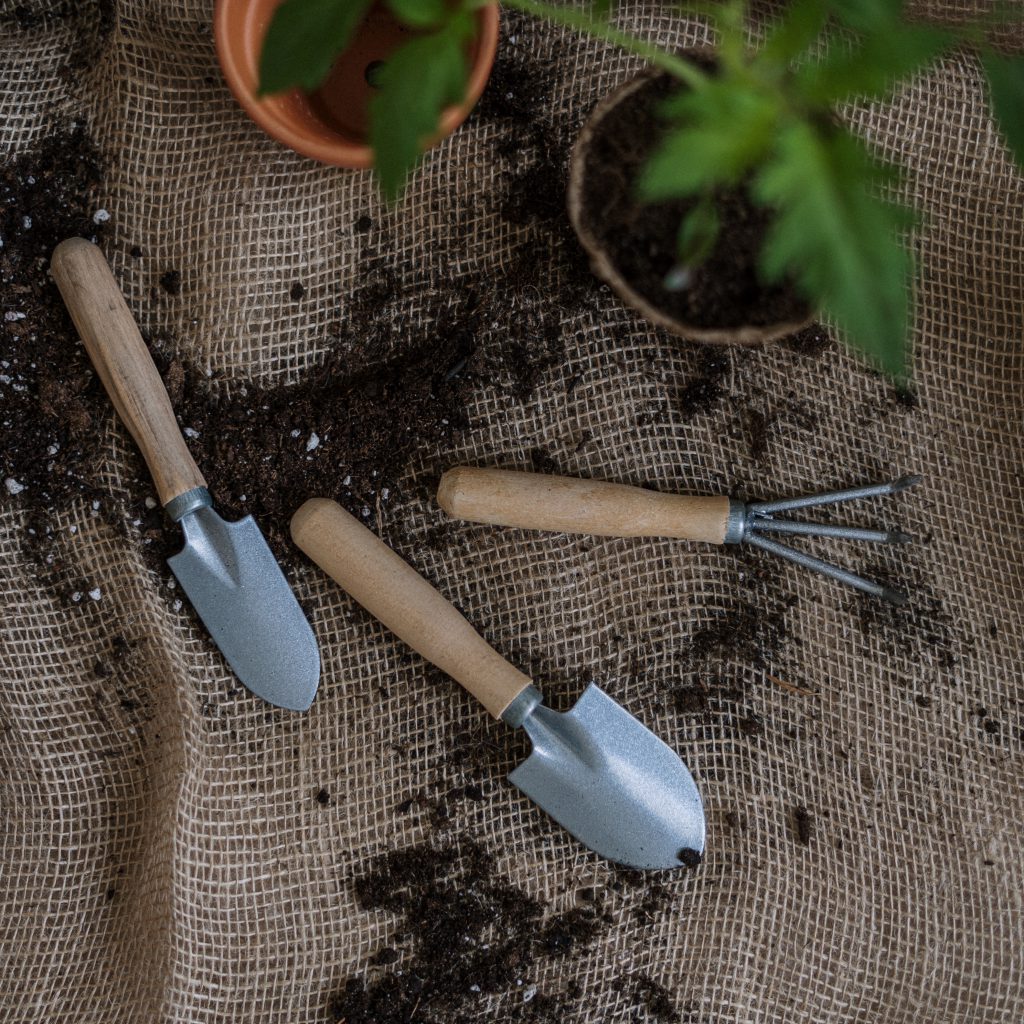
You might be used to seeing all kinds of fruits, vegetables, and herbs at the grocery store all year round. The fact that we have such easy access to these things sometimes makes us feel like producing them is as fuss-free as getting them.
Some herbs are indeed very easy to look after, but there are definitely plants that require more attention. Moreover, there are some problems that every plant parent faces like pests, inadequate or excess nutrients in the soil, and under or over-watering the plants.
When to Plant?

You can grow most herbs indoors on the windowsill all year round with no problem. However, the best time to plant your seeds or seedlings will depend on several factors, including the type of plants you are growing and the climate in your area.
In general, it is best to plant seeds or seedlings in spring or early summer when the weather is mild, and there is plenty of sunlight. This will give your plants the best chance to establish themselves and grow strong before the weather becomes too hot or cold.
It’s also important to research the specific needs of the plants you are growing and to provide them with the right conditions, such as proper soil, sunlight, and water, to ensure that they thrive.
What Kind of Planter?
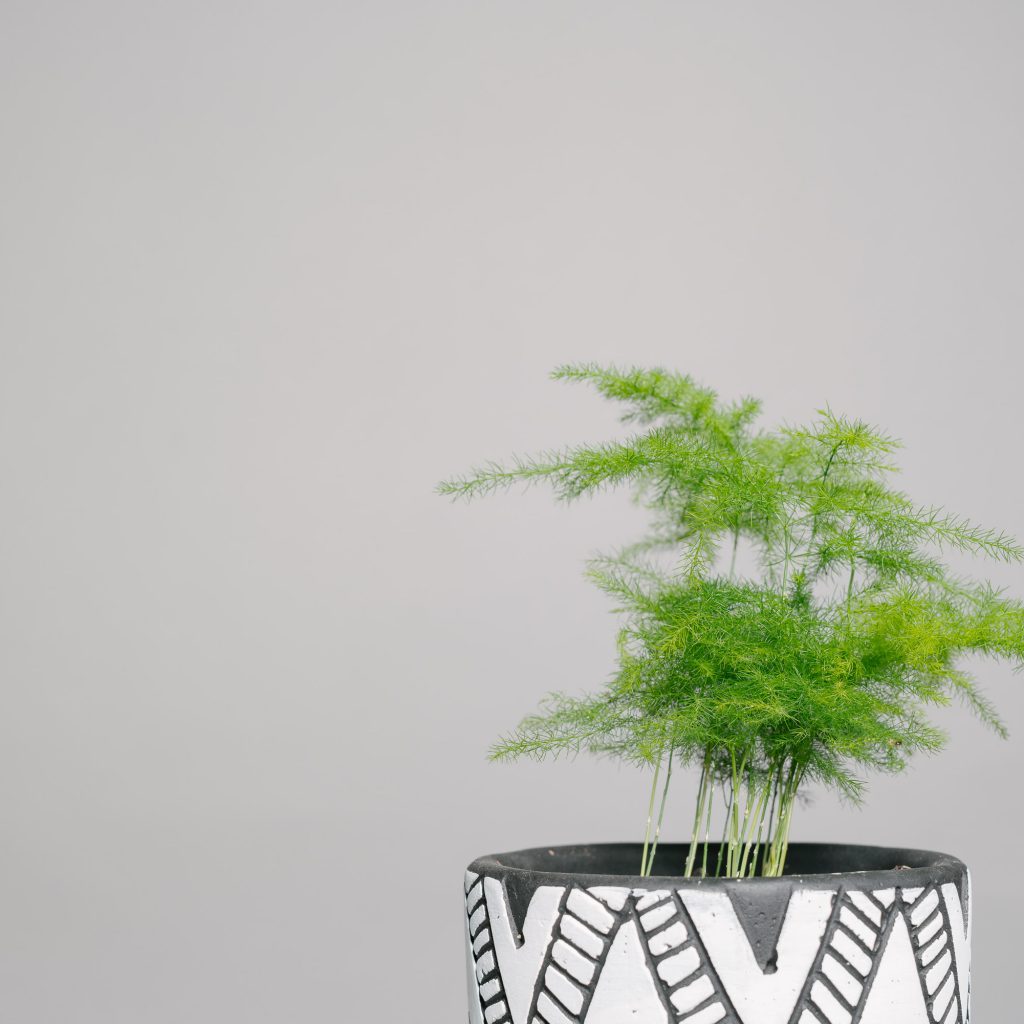
There are hundreds of herb pots you can get or create yourself. You can also find a set that suits your kitchen’s design. But be careful not to fall into the most common mistake among beginner house plant parents – forgetting to check whether the pots drain properly.
If your pot doesn’t allow the excess water to seep out each time you hydrate your herbs, the water might pool at the bottom of the pot. The moist and warm environment is a great place for bacteria, rot, and fungus to thrive and feed off your plants’ roots. When that happens, it might kill your herbaceous babies or simply reduce the health and quality of your harvest.
Proper drainage also prevents the build-up of excess minerals that come with tap water (e.g., salt).
But if you set your heart on a planter that doesn’t have drainage holes — and it’s impossible to make a hole on it yourself — place a layer of pebbles under the soil at the bottom of the planter. This will keep the excess water and debris away from the roots.
Where to Plant?
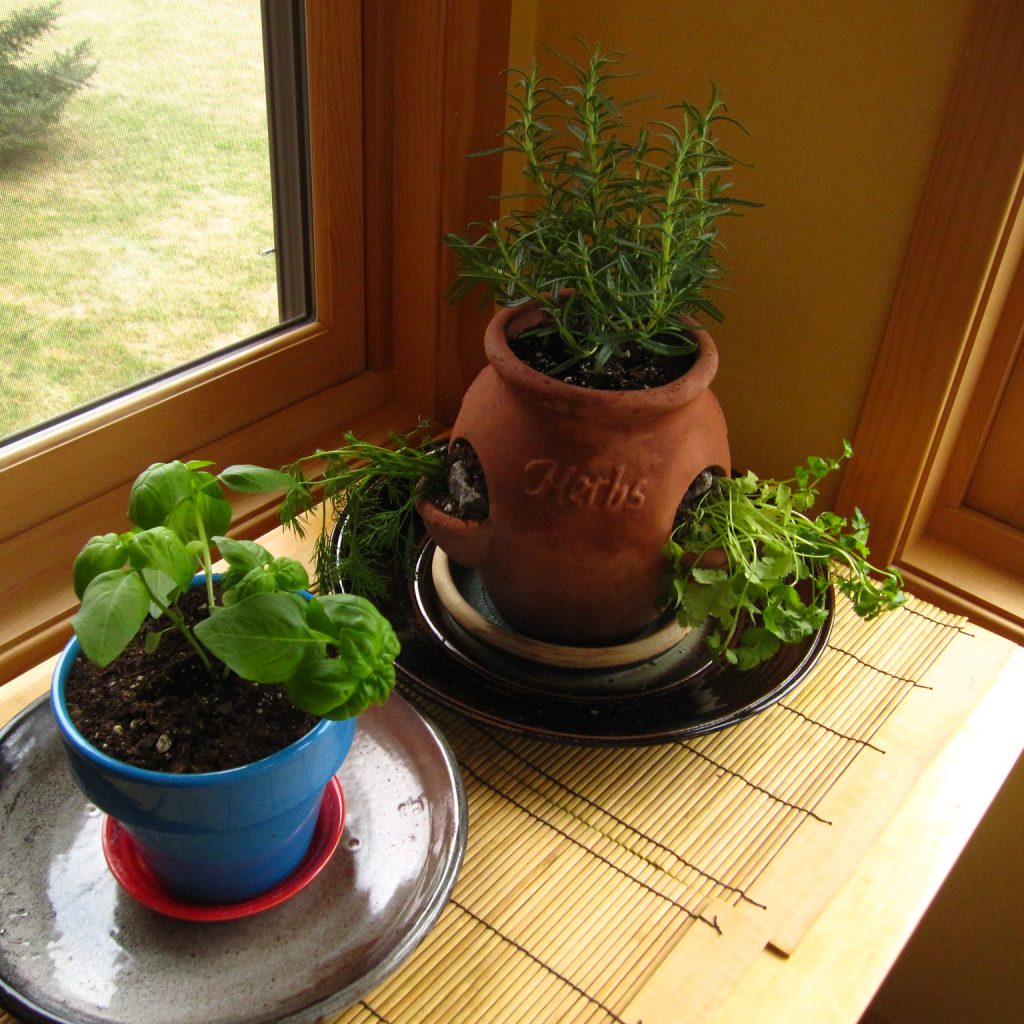
By Punkerstin
If you want your herb garden to burst with happiness, you need to meet your herbs’ needs accordingly. Happily, there are only a handful of variables you need to be in control of. Once you do that, you’ll have a lush herb garden in no time.
Sunlight
Most herbs require six hours of preferably direct sunlight each day. Setting up your herb garden on a windowsill is an option, just rotate the pot every now and then to ensure each side gets enough sunlight. You’ll know you have failed to provide enough sunlight for your plant when they grow smaller leaves that are weaker in aroma and fragrance.
If you aren’t blessed with enough sun throughout the day, you can also use 400-watt, cool white fluorescent bulbs 20 to 30 cm away from the plants, 14 to 16 hours a day. Or you can choose a plant that tolerates lack of sunlight better than others (e.g., bay, rosemary, and tarragon).
Temperature
Room temperature usually works for all herbs. Most herbs can survive temperatures below 10°C, except for some delicate ones, such as basil. So it’s a good idea to keep the temperature around 25°C during the day. And it’s okay if it drops around 20°C during the night.
Humidity and Air Circulation
There’s a balance between humidity and adequate air circulation for the optimal condition to grow herbs. If you remember what your 6th-grade biology teacher told you, plants breathe too, just like us.
Grouping the planters together provide humidity, however, overcrowding them will prevent the air from circulating around the branches. Another way to increase the humidity is to provide a tray of moist pebbles beneath the planters or spray them with a misting bottle.
You can increase air circulation by simply opening the window from time to time but be mindful not to keep a continuous draft as it can be harmful.
Fertilizers

Indoor herbs can’t get nutrients from garden soil and rain, so you can give them a little boost every other week. However, it’s important to choose the right type of fertilizer and to follow the instructions on the label carefully to avoid over-fertilizing.
Over-fertilizing can burn the roots of your plants and cause them to become stunted or even die. It’s generally best to use a fertilizer that’s specifically designed for herbs or other indoor plants. You can also try using natural fertilizers like compost or manure tea to give your herbs the nutrients they need.
Controlling Pests
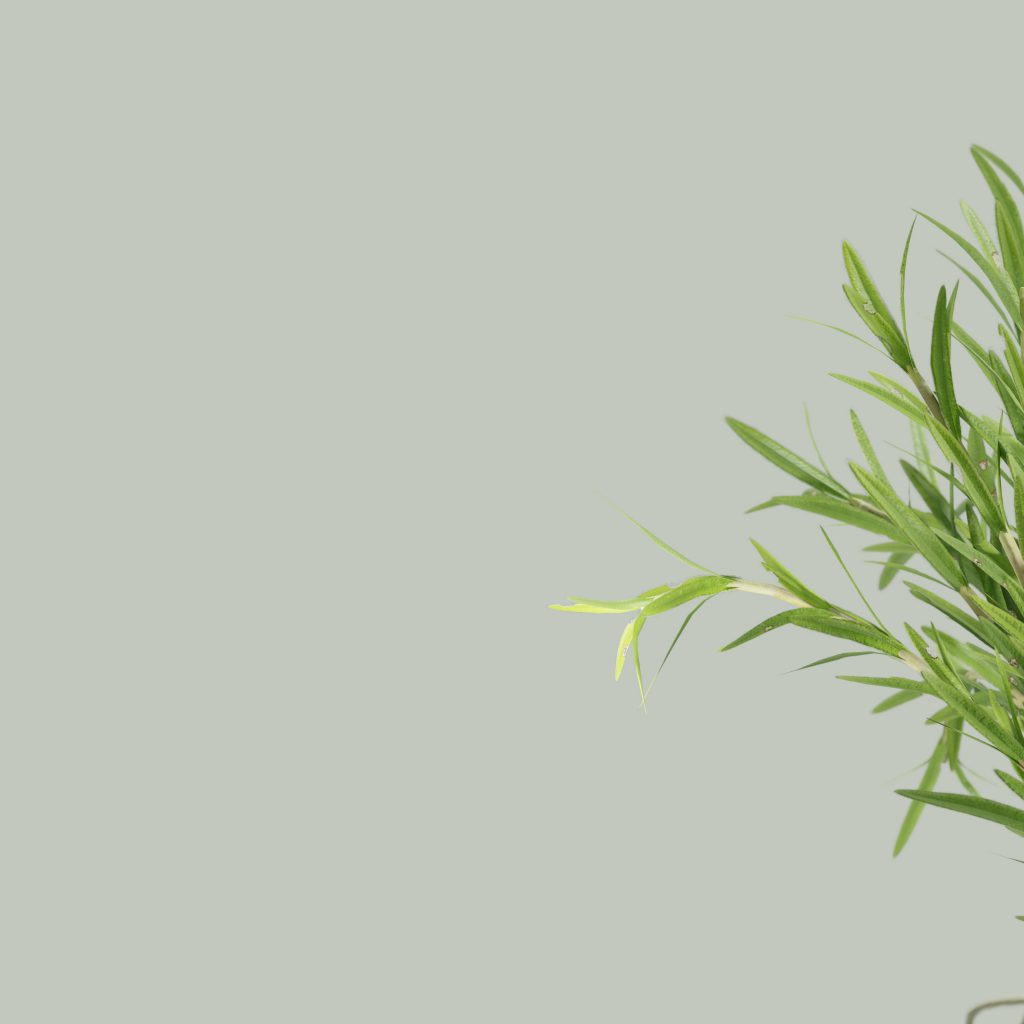
You’re not always the only one attracted to your lush indoor garden. If your herbs get infested with pests or insects, you can save them by spraying the pests with a soapy solution.
Start with mixing 1 tablespoon of soap with 5 liters of water and spray the leaves where you see pests. Watch closely to make sure your soap solution isn’t causing any discoloration or affecting the leaves in any other way. If so, reduce the soap ratio.
3. Pick The Right Plants
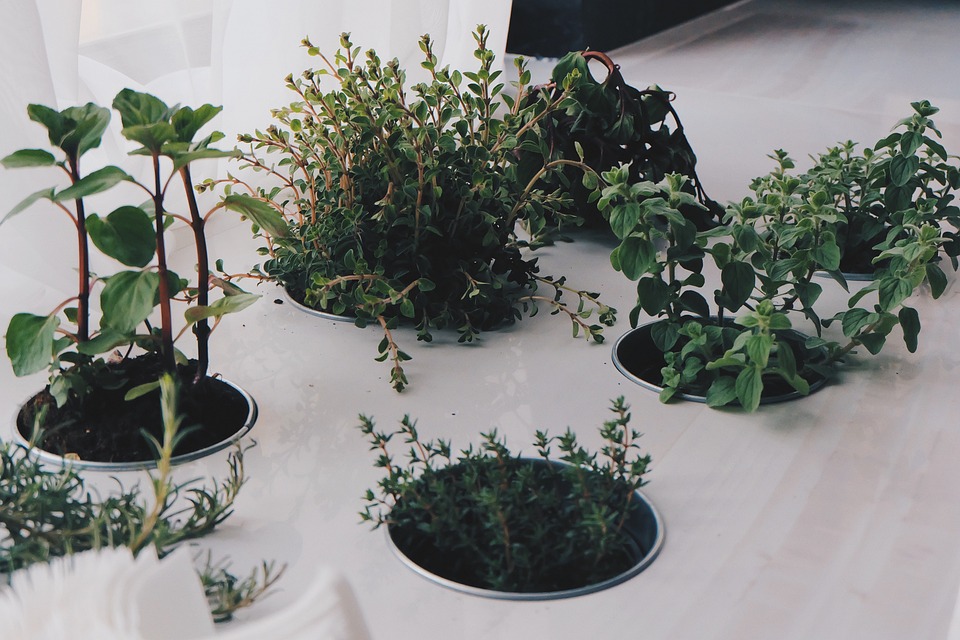
Picking the right plants to grow is your first mission. You can grow most herbs indoors, but some of them really flourish in house conditions. Some of the no-fuss herbs that’ll thrive in your home are chives, basil, mint, oregano, thyme, rosemary, and parsley.
Also, some herbs that are commonly used in world cuisines can be difficult to find at the grocery store or farmers market. If you find yourself wishing for some Vietnamese perilla, Mexican epazote, or marjoram, growing these herbs yourself is a good idea.
Annual, Perennial, and Biennial Herbs
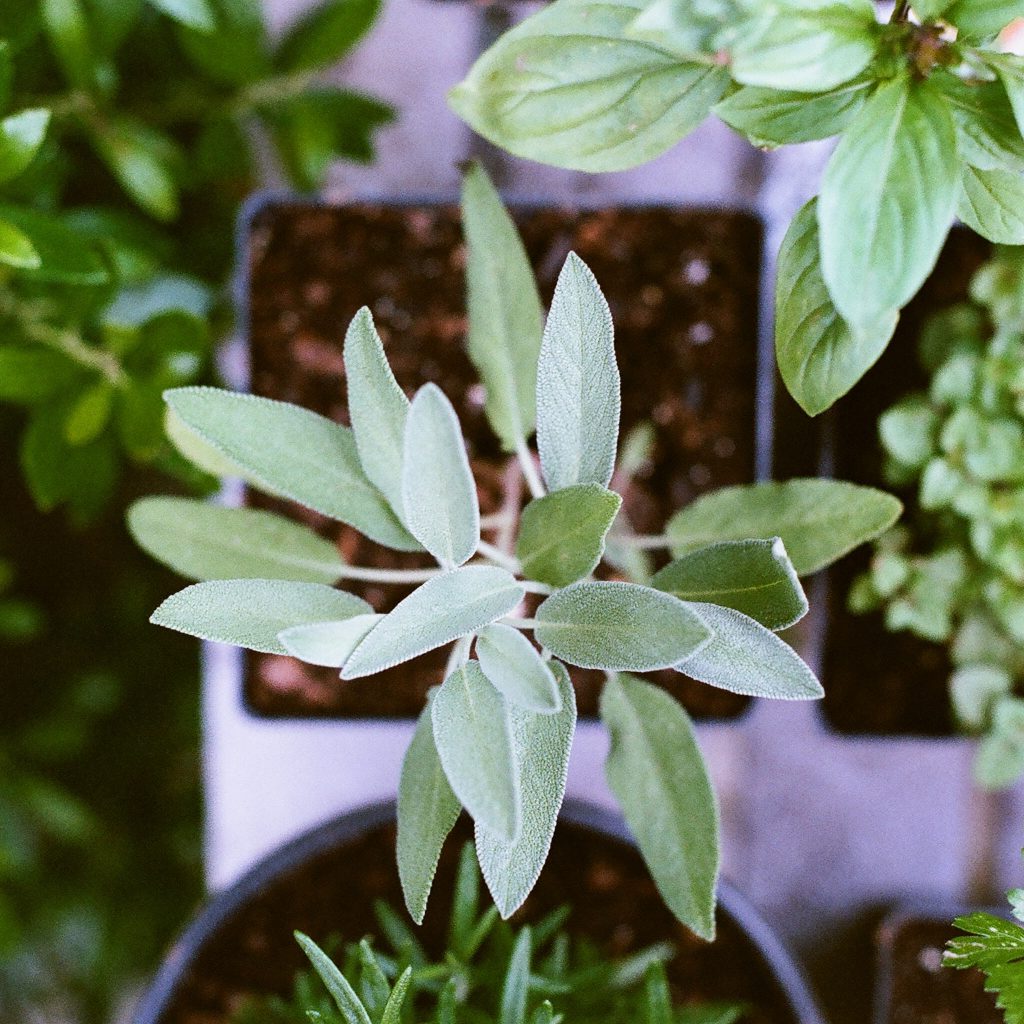
Not all herbs have the same life cycle. Annual seeds need to be sown yearly as their life cycle is only a year long. Some annual herbs that you can grow at home are dill, basil, lemongrass, cilantro, coriander, and parsley.
Biennial plants, like caraway, sage, stevia, and parsley, complete their life cycle in two years. These herbs go dormant during the winter and sprout again in spring.
Then you have perennial plants. They are just like biennial plants, but they live for a few or more years, growing and spreading as they get older. Chives, fennel, marjoram, oregano, and tarragon belong to this category. They shed their leaves in winter and sprout again in spring, so you don’t have to sow new seeds every year.
4. Harvest a Little at a Time
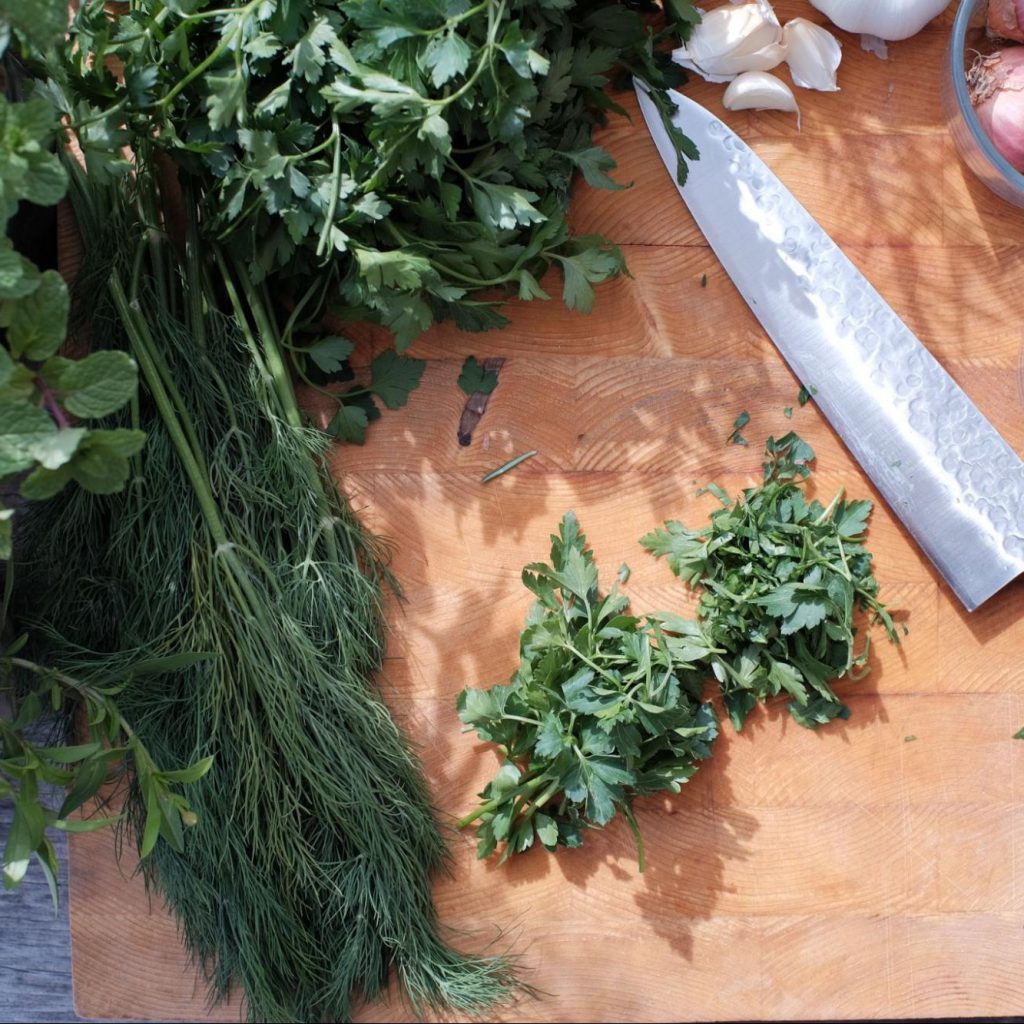
To ensure that your herbs remain healthy and continue to produce new growth, it’s a good idea to harvest them regularly by cutting or pinching off a few leaves. How often you do this will depend on a few factors, including the size of the plant and how quickly it’s growing.
For example, you can safely harvest basil leaves every few weeks or less, taking care not to remove more than a quarter of the plant at a time. Regular harvesting will prevent the plant from becoming overgrown, woody, or distressed and encourage new growth.
5. Repot When Necessary
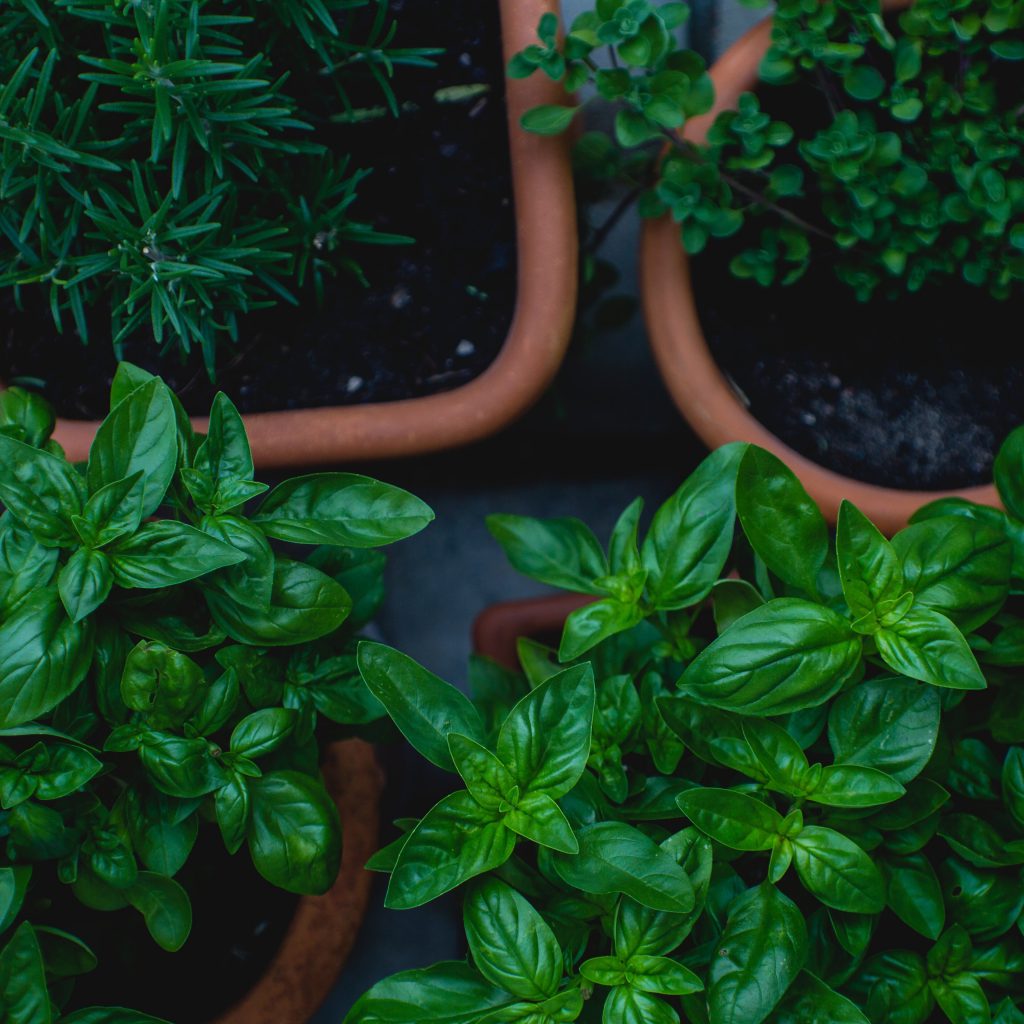
Your indoor perennial herbs won’t stay small forever, they will eventually outgrow their containers. When this happens, it’s time to transplant them into larger pots or the ground if possible.
The right time to move your plant to a more spacious pot is when you see roots coming out of the drainage holes, slowed or stalled growth, or drooping branches. Perennial herbs, such as lavender and mint, can be grown indoors and moved outdoors after the frost.
You don’t need to repot your annual herbs, but you can move them outside for the growing season.
Ready to Herb Your Kitchen Up!
Growing an indoor herb garden is a fun and rewarding experience that allows you to easily access fresh herbs and use them to prepare delicious pesto sauces and herbal teas or add more flavor to your stews and dishes. Once you grow your own herbs, you’ll want to sprinkle them over everything!
You can grow various herbs indoors, regardless of your gardening experience or the size of your space. With a little care and dedication, your herb garden can provide you with a lifetime of enjoyment. And while you’re at it, you can add some edible flowers to your indoor garden over time.







